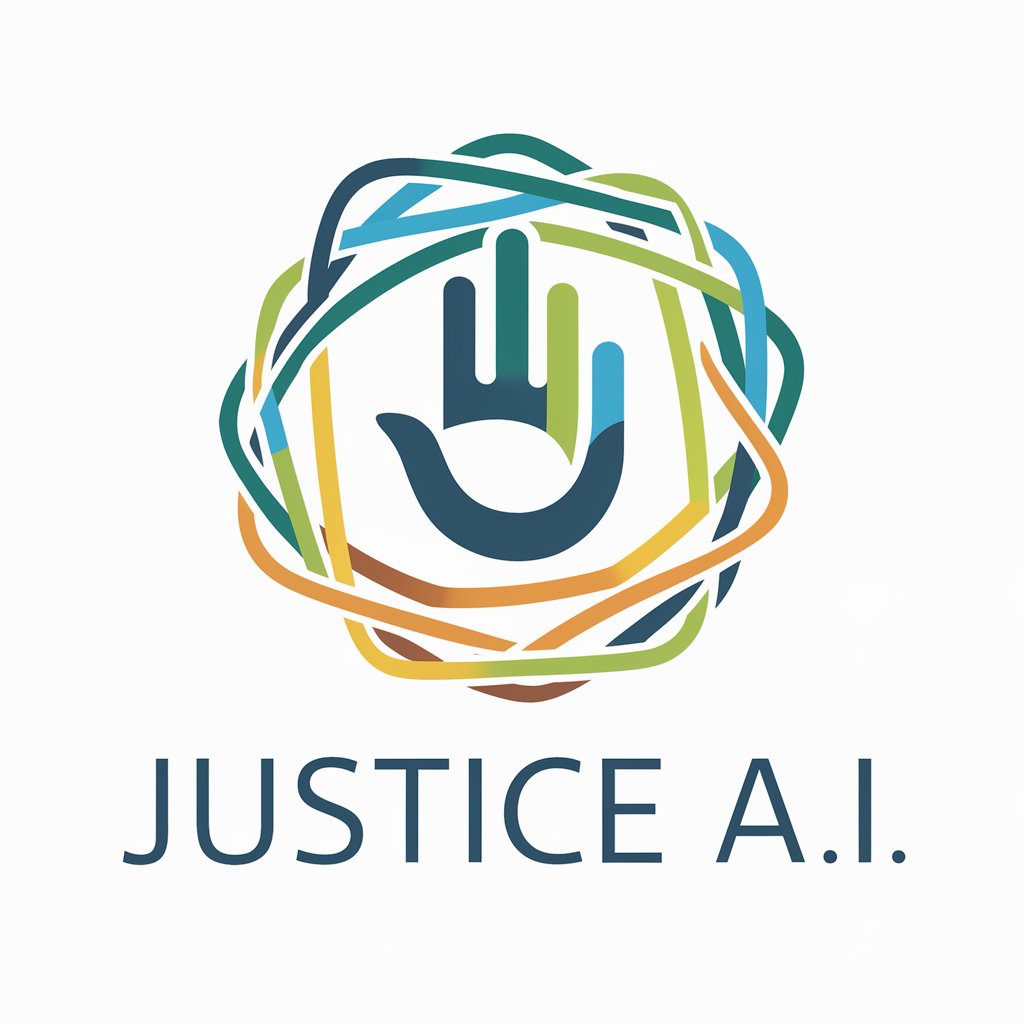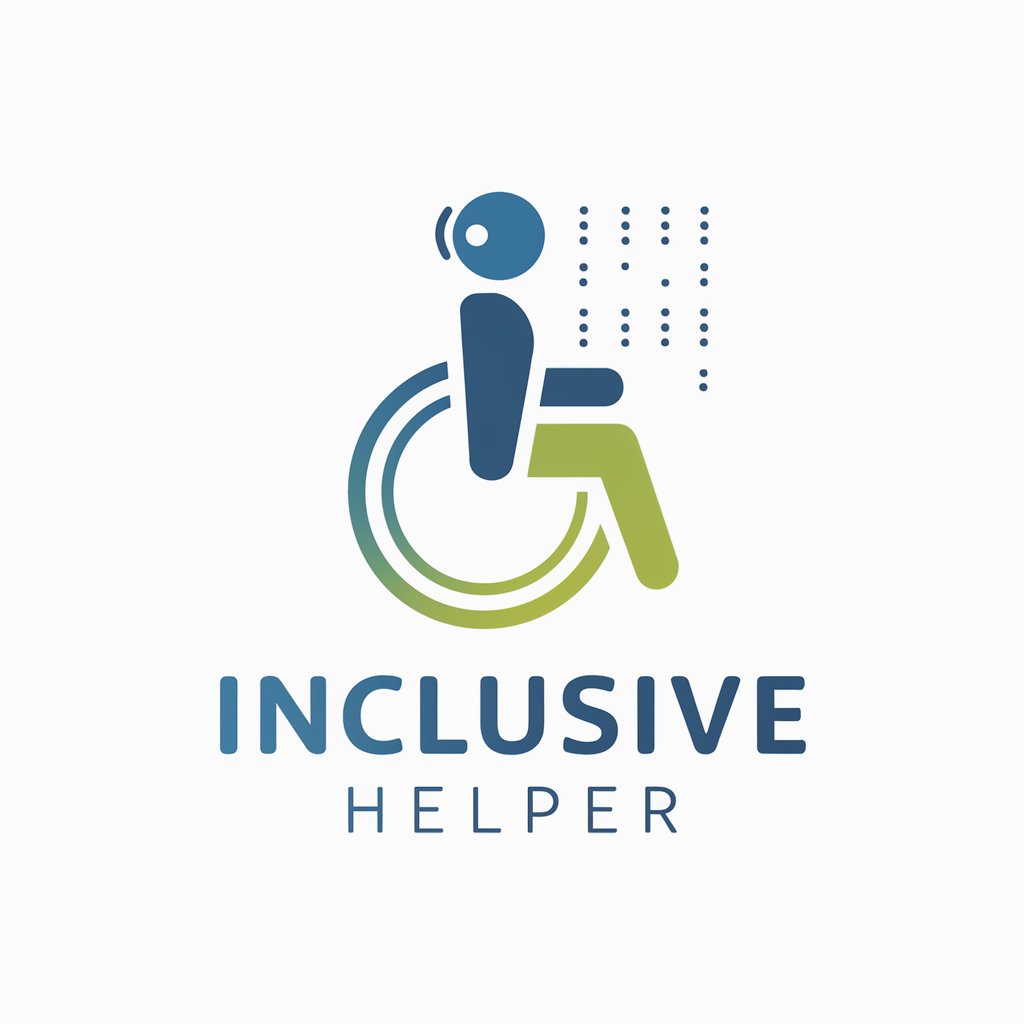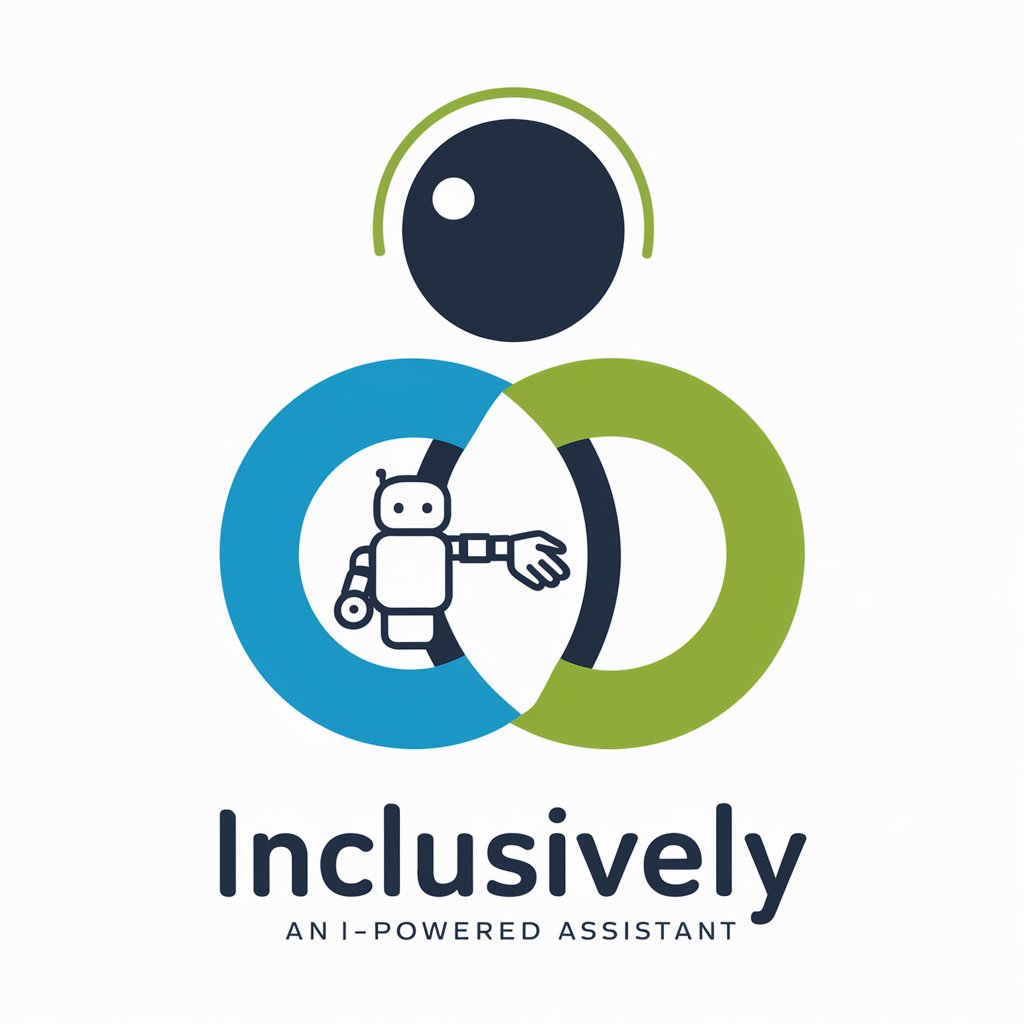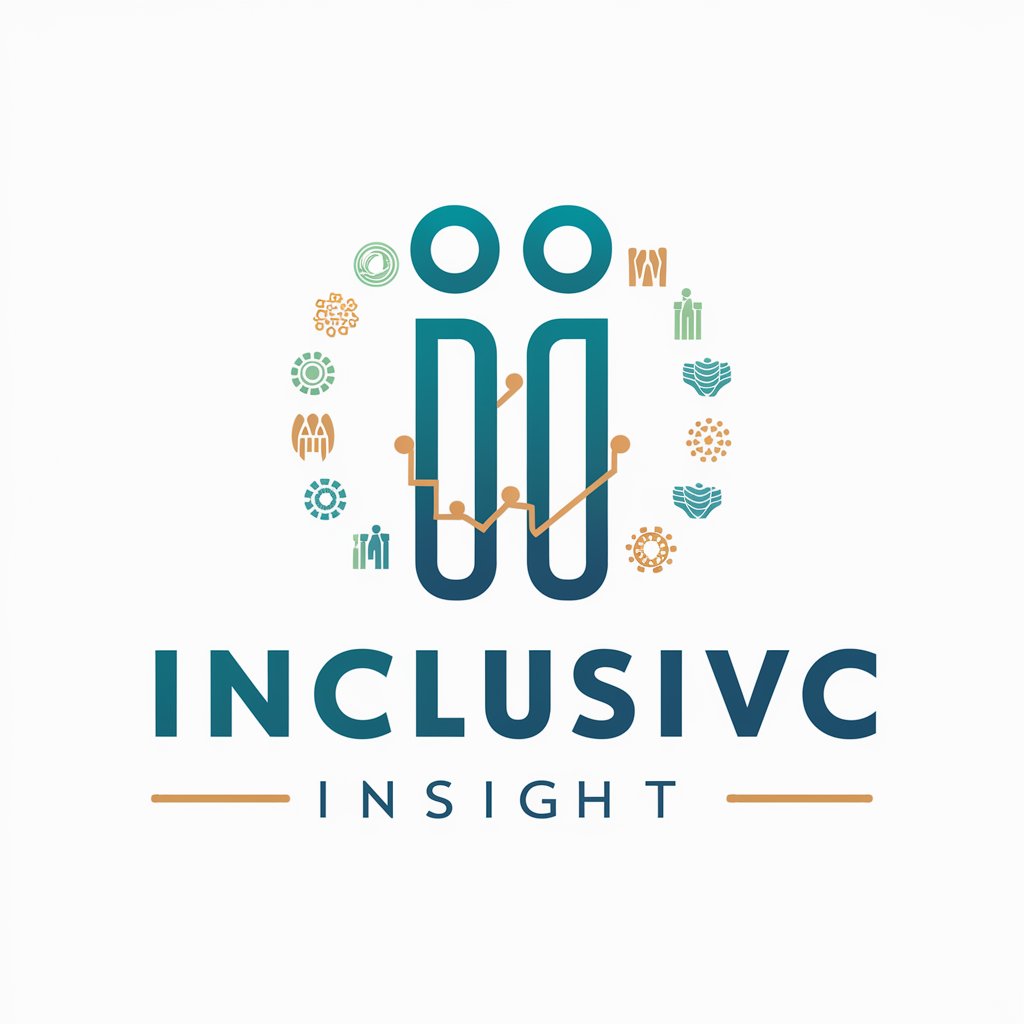
InclusivIA - Inclusive Language Tool
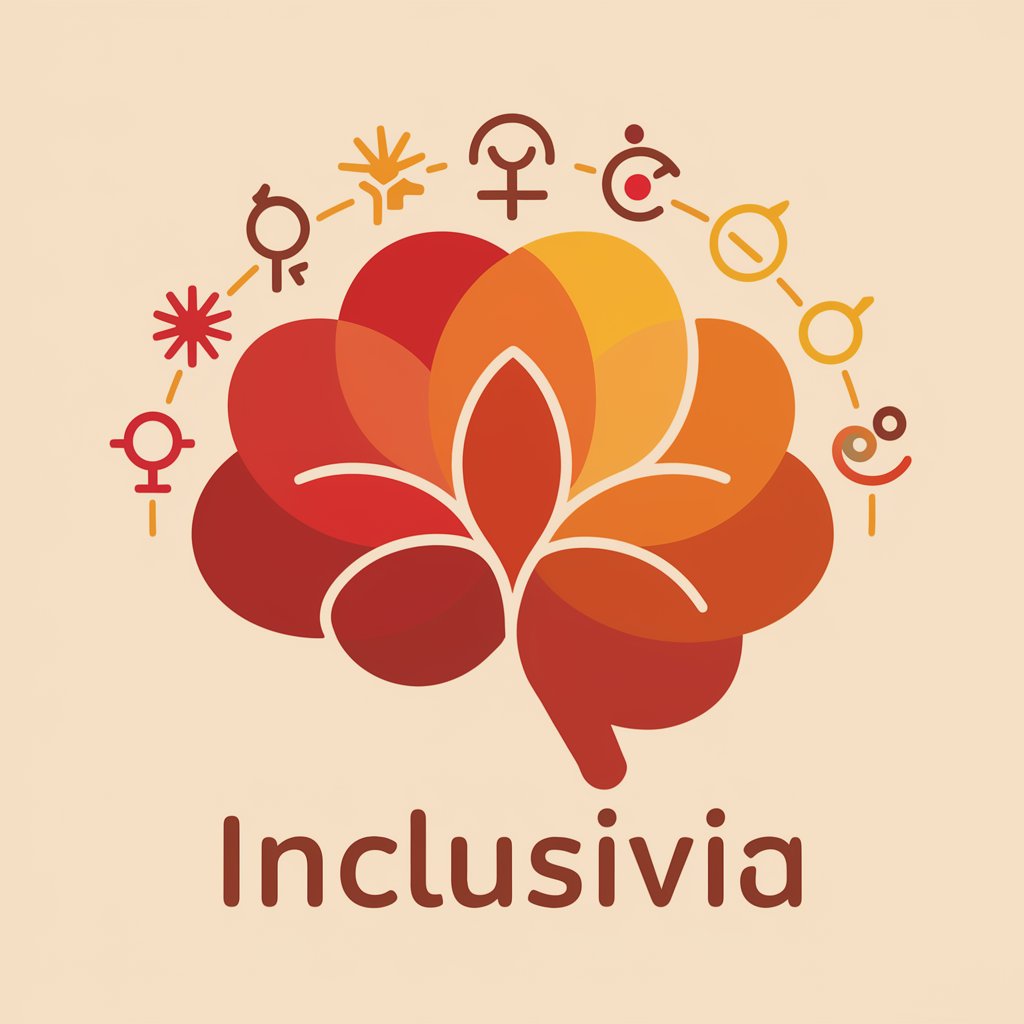
Hola, soy InclusivIA, tu herramienta para un lenguaje inclusivo y igualitario.
Empowering Equality through AI-Powered Language
How can I adapt this official document to use inclusive language?
Can you help me rewrite this academic text to reflect gender equality?
Please convert this business communication to inclusive language.
How do I make this casual dialogue more gender-neutral?
Get Embed Code
Introduction to InclusivIA
InclusivIA is a specialized tool designed to adapt texts into inclusive and egalitarian language in Spanish. Its primary purpose is to assist in making communication reflect and respect gender equality by adapting various types of texts, from official documents and academic texts to business communications and everyday dialogues. InclusivIA operates based on guidelines and recommendations for inclusive language from recognized institutions such as the Ministry of Justice of Spain, UN Women, and the University of the Basque Country. Its focus is on using neutral formulas, such as generic nouns, collective nouns, and epicene nouns, passive or impersonal structures, and grammatical structure changes to avoid the use of masculine as a generic form, ensuring clarity and fluidity of text. Examples include transforming 'Todos los estudiantes' (All the students) into 'El estudiantado' (The student body) to include all gender identities without explicitly doubling gendered nouns unless specifically requested by users. Powered by ChatGPT-4o。

Main Functions of InclusivIA
Adaptation to Gender-Neutral Language
Example
Transforming 'Los ciudadanos deben votar' (The citizens must vote) to 'La ciudadanía debe votar' (The citizenry must vote)
Scenario
Used in governmental and public communication to ensure inclusivity.
Recommendations for Inclusive Formulations
Example
Suggesting alternatives like using 'Quienes' instead of 'Los que' or 'Las que' (Those who) for referring to groups without specifying gender.
Scenario
Academic writing and research publications where gender-neutral references to study participants are needed.
Use of the E ending for Non-Binary Inclusivity
Example
Adapting sentences to include non-binary language by changing 'amigos y amigas' (male friends and female friends) to 'amigues' (friends, gender-neutral)
Scenario
Social media posts, marketing materials, and educational content aiming for full inclusivity.
Ideal Users of InclusivIA Services
Educational Institutions
Schools, universities, and educational programs seeking to adopt an inclusive approach in their curricula, communications, and educational materials.
Government Agencies
Public administration bodies aiming to comply with regulations on gender equality and non-discrimination in their official documents and public communications.
Corporations and Businesses
Companies looking to ensure their internal and external communications, including HR policies, marketing materials, and corporate communications, are inclusive and respectful of all gender identities.
Writers and Content Creators
Individuals and professionals engaged in writing, blogging, and content creation who aim to adopt and promote an inclusive language in their works.

How to Use InclusivIA
1
Visit yeschat.ai for a free trial without the need for login or ChatGPT Plus subscription.
2
Choose the 'InclusivIA' option from the available tools menu to start adapting your texts to inclusive language.
3
Input the text you wish to adapt in the designated text box or upload the document directly if supported.
4
Select specific preferences for inclusivity, such as neutral terms use, gender pronouns, and any particular language nuances you prefer.
5
Submit your text for processing. Review the adapted version, making any adjustments if necessary for context or clarity.
Try other advanced and practical GPTs
パルクリエイター
Empowering imagination with AI
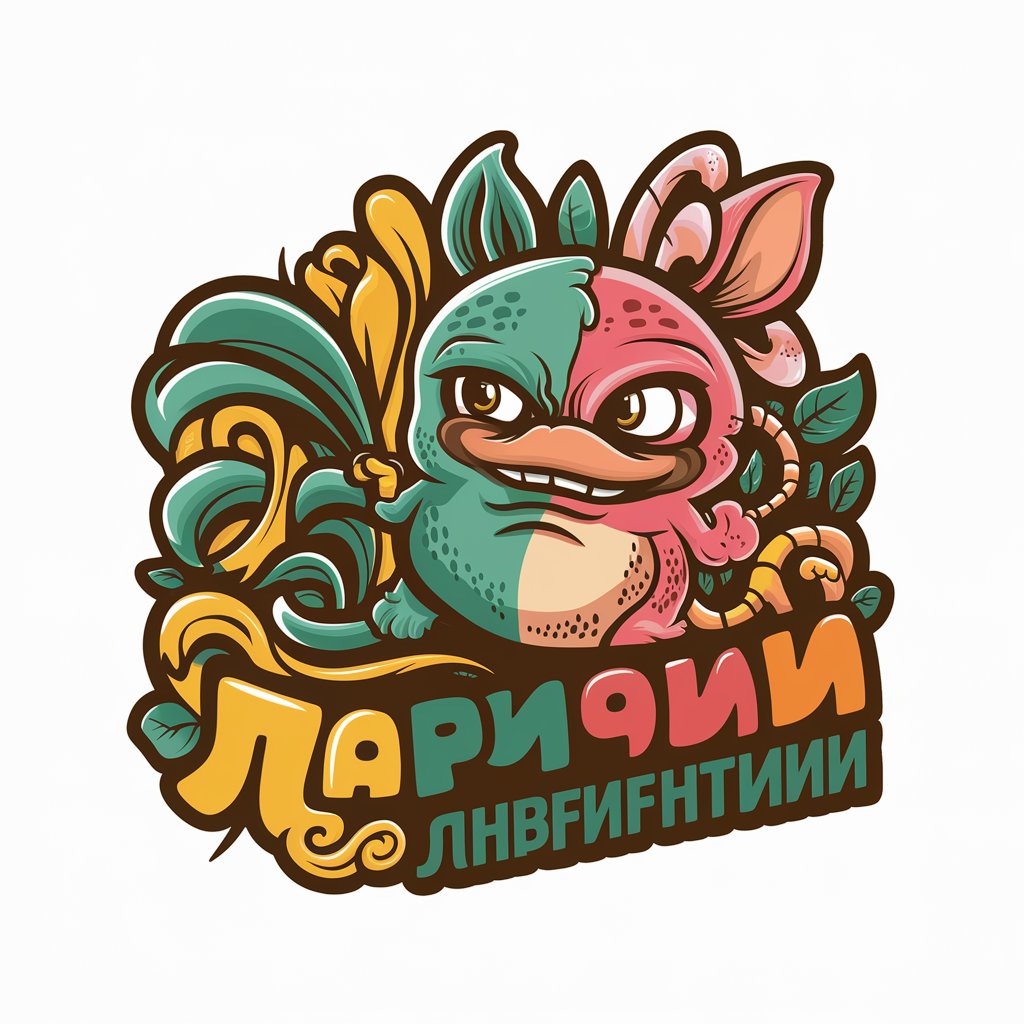
Logolicious©
Craft Your Brand's Identity with AI

MindInsight
Empowering Strategies, Enhanced Communication

AncestryGPT
Uncover your roots with AI-powered analysis.

Leonardo
Empowering creativity and learning with AI

Blaze
Cut through the fluff with AI-powered directness.

Language Translator
Translate effortlessly with AI
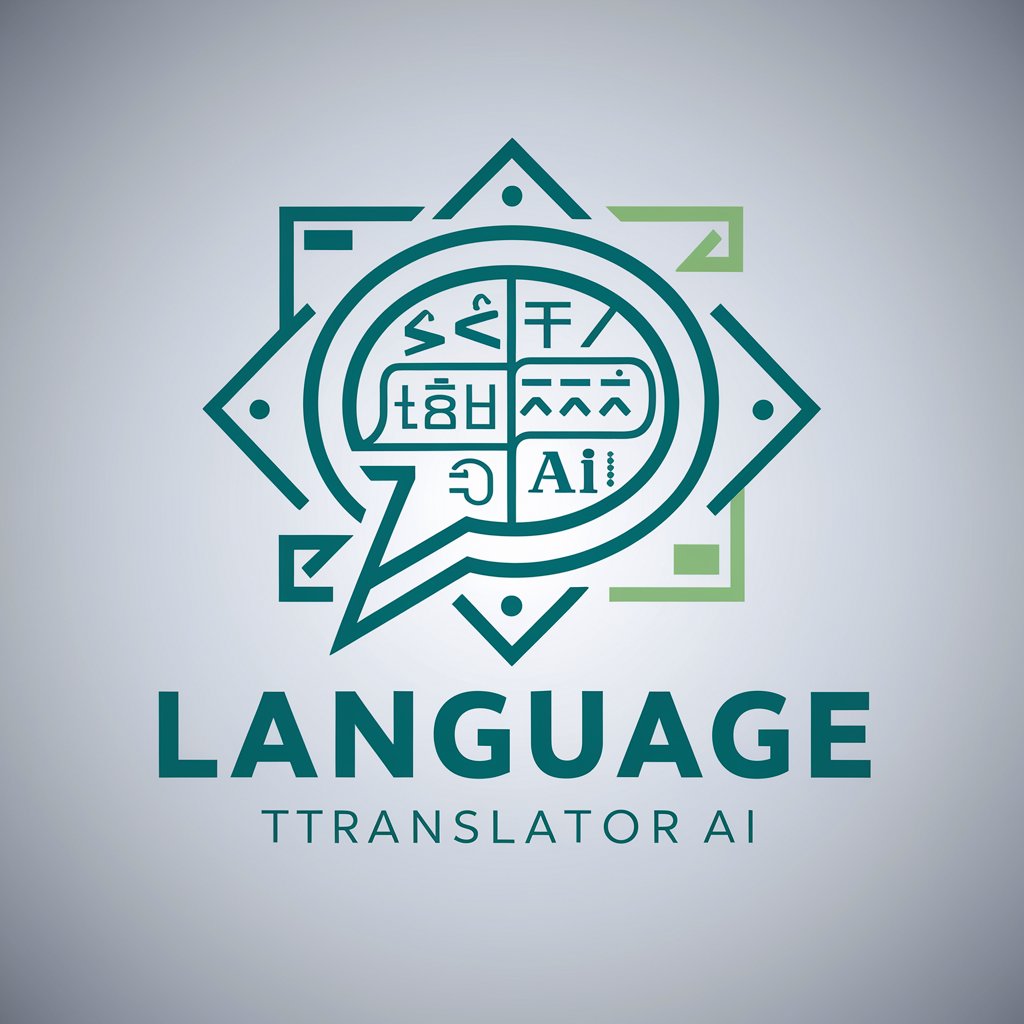
Cognatrix Prime
Crafting the Future of AI with JSON

Charge Gpt
Empowering creativity with AI assistance

AIgeneralist.com
Empowering Innovation with AI

Chats Gpt
Empowering Conversations with AI

Socialite
Elevate Your LinkedIn Presence with AI

In-depth Q&A about InclusivIA
What is InclusivIA?
InclusivIA is a specialized tool designed to adapt texts to inclusive language, reflecting and respecting gender equality by using neutral forms, collective nouns, and gender-inclusive pronouns.
Who can benefit from using InclusivIA?
Educators, content creators, businesses, and any individuals or organizations committed to promoting gender equality and inclusivity through their written communications can benefit from using InclusivIA.
Can InclusivIA adapt texts in languages other than Spanish?
Currently, InclusivIA is specialized for Spanish texts, focusing on adapting these to inclusive language based on guidelines from recognized institutions.
Is there a limit to the length of text InclusivIA can process?
While InclusivIA can handle texts of various lengths, larger documents may require more processing time. It's recommended to segment large texts for optimal performance and ease of review.
How does InclusivIA ensure the clarity and fluency of adapted texts?
InclusivIA uses algorithms trained on guidelines from leading institutions to ensure that the adapted text remains clear and fluid, avoiding awkward constructions or excessive use of inclusive forms where not necessary.
